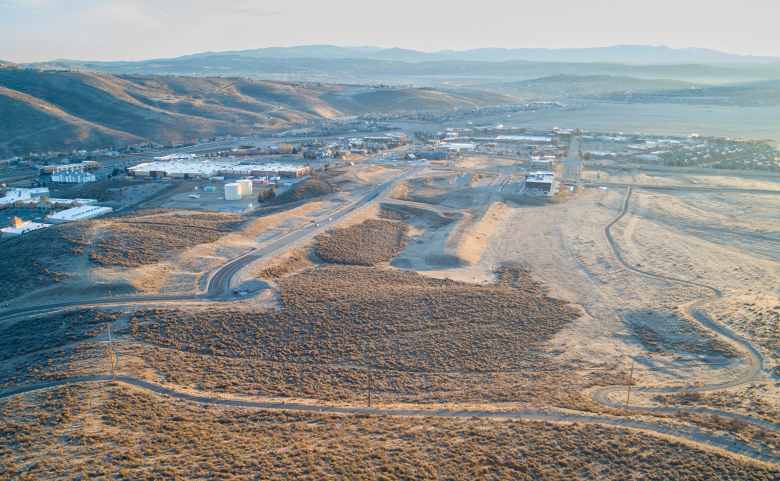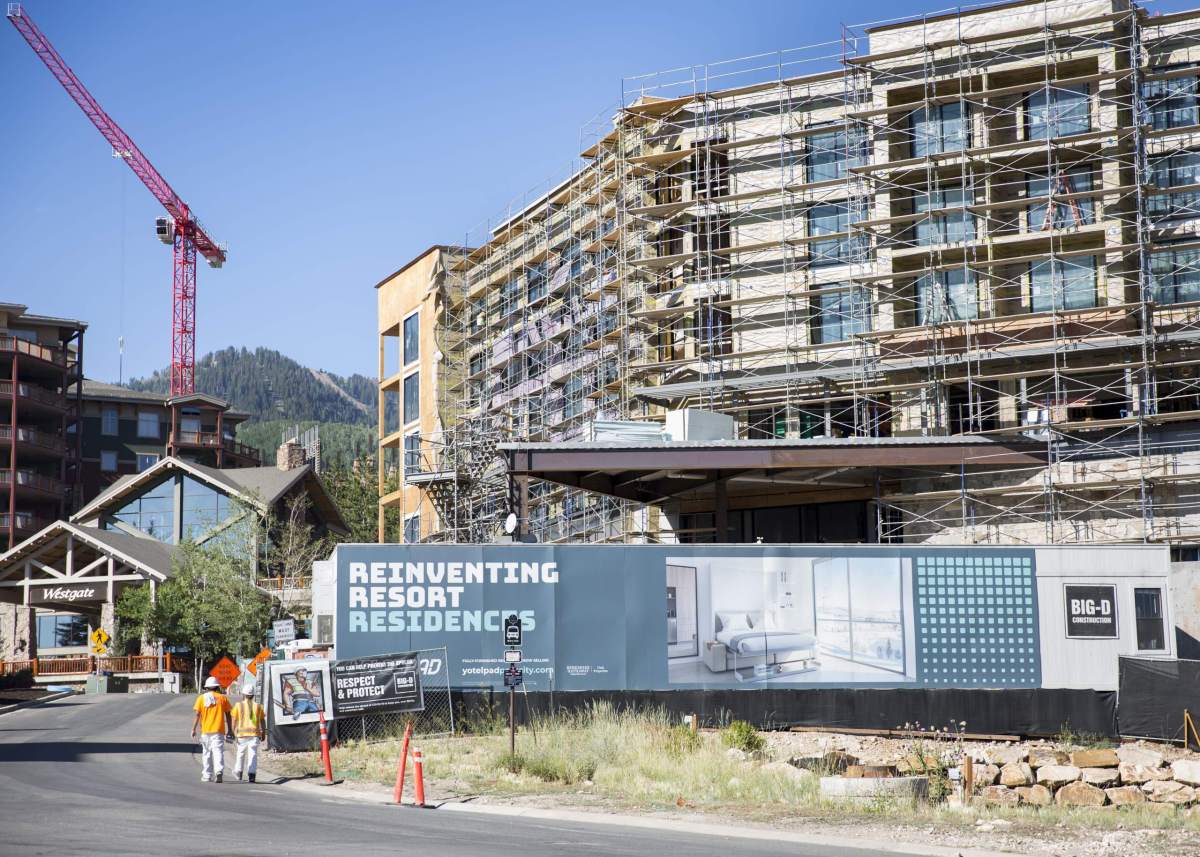Leaders need to ‘approach the future differently’ to manage development’s impacts
People who have lived in the Park City area for decades — or maybe even just 10 or 15 years — marvel at the amount of development that has sprung up in the post-Olympic era. And in recent years, one question seems to be on the tip of every Parkite’s tongue: Are we at the breaking point?
That’s a question Pat Putt grapples with every day in his job as Summit County’s community development director. Like others, he has witnessed the startling amount of growth transform the community. But having been involved in planning matters since the 1990s — both at City Hall and the County Courthouse — he has a unique perspective on the topic, as well as how the community can maintain its core characteristics despite the ongoing development pressures.
The bad news first: There’s no way to stop more growth from coming. For one, there are many projects in the Park City area that were approved long ago but have not yet been built. And the reality is that people still want to move here.
Worse, Parkites can also stop hoping for quick fixes for the issues arising from the growth that is already here. The problem, Putt says, is multifaceted and has been building over the course of nearly a half-century. There’s simply not an ordinance change or a zoning tweak in the Snyderville Basin or Park City proper that will alleviate the challenges development has created.
“We just didn’t all of a sudden wake up one day and there was a housing problem, or there was a traffic congestion problem,” he said.
Now the good news: While Putt acknowledges that local officials can’t erect a wall to stop more people from coming, he believes it is possible to manage the growth in a way that preserves community priorities such as open space and connectivity and that prevents issues like traffic congestion from eroding the quality of life.
But doing it, he said, will require a departure from the strategies that have failed in the past.

“We are going to have to approach the future differently with our problem solving,” he said. “The reason we have the problems we do today, they are a direct result of decisions that have been made in the past — and made by good people with their hearts in the right spot. But if they resulted in the problems we have today, we need to rethink the solutions in the future.”
Most importantly, Putt believes the various communities within the Wasatch Back must view themselves as part of an interconnected web rather than as distinct hubs. And because what happens in one part of the Wasatch Back affects the other areas, leaders have to put their heads together and plan from a regional perspective.
“It ain’t going to be with a zoning code amendment (that we fix things),” he said. “It’s going to be with hard work and willingness to collaborate on a level we haven’t done before, and interjurisdictionally like we haven’t done before.”
Fortunately for Putt, his counterpart in Park City, for one, agrees about the need for regional planning. Gretchen Milliken, the planning director at City Hall, said she sees opportunity for collaboration.
“You don’t get things done by being on different sides of the fence,” she said. “You really need to be working together. And I think we share a lot of the same values between the county and the city, and I think we can work together on a lot of great projects that as a city we’re a little bit too little to do, but as … part of the county, we can help make those happen or help promote those or get involved in those.”
Putt said one of the specific solutions in the Snyderville Basin may be focusing new development in mixed-use neighborhoods where residents can access services such as grocery stores and trails without needing to venture onto, say, S.R. 224.
Milliken said that getting people out of their cars and steering them toward public transit or active modes of transportation will also go a long way toward alleviating growth’s impacts.
“We are a community in which people bike and walk and they’re active. And they’re open to other modes of transportation,” she said. “And so if our streets and our infrastructure, and how we’re getting from A to B, reflects that more, that’s going to be the biggest change for our city — that you don’t have to get into a car … that we have bus-rapid transit, that we have just a really reliable infrastructure that isn’t totally vehicular focused.”
Another part of the equation, Putt said, is engaging residents in order to allow the community to shape the solutions. One of the obstacles is that many Parkites, and particularly newcomers, aren’t familiar with the ins and outs of how the community arrived at the point it is today or the realistic options that are on the table to manage development.
“Long before traffic and congestion and affordability gets us, it will be our inability to work together, to collaborate together, to think together, to debate and argue in a non-personal way. We will lose our community because of that sooner than we will all of these other things,”
Pat Putt, Summit County community development director
He also worries about the level of vitriol that has been present in many discussions about the community’s future over the last few years. He often thinks of something former Park City Mayor Dana Williams used to say: Be tough on the issues and easy on the people.
“Long before traffic and congestion and affordability gets us, it will be our inability to work together, to collaborate together, to think together, to debate and argue in a non-personal way,” he said. “We will lose our community because of that sooner than we will all of these other things.”
But even in the face of significant obstacles, Putt remains optimistic that the community will be able to protect its special character for future generations.
“Being a union-card-carrying planner of hope, I believe in the people in this community that we call Summit County,” he said. “We’ve got incredible talent, we’ve got people who care enough that they want to be here to live their lives and they feel strongly about it.”

